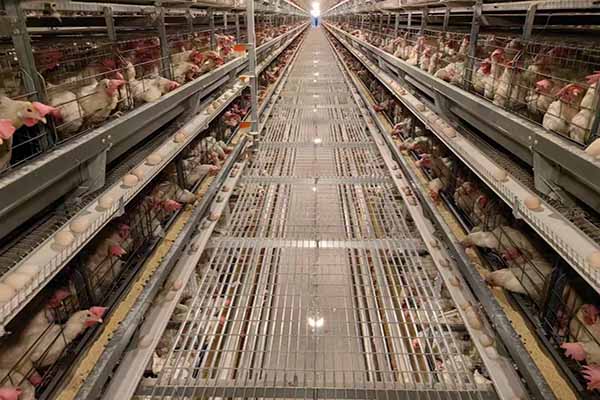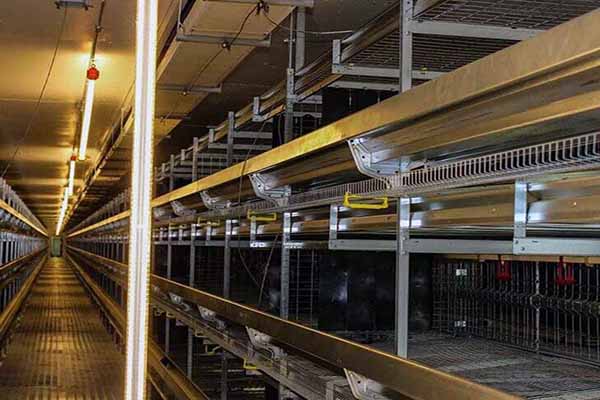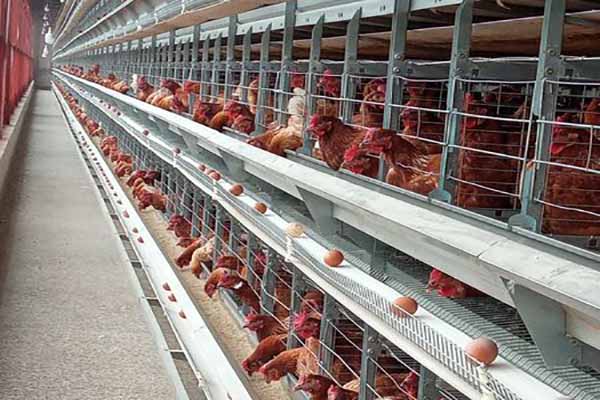Kenya Chicken Farming Equipment Automation Upgrade Plan: A Comprehensive Guide
Time : 2025-04-23
As the demand for chicken meat continues to soar in Kenya, the poultry industry is facing the challenge of scaling up production while maintaining high-quality standards. One of the key strategies to achieve this is through the automation of chicken farming equipment. In this article, we’ll delve into the automation upgrade plan for Kenya’s chicken farming industry, providing insights into the benefits, implementation steps, and future prospects.
Understanding the Need for Automation in Chicken Farming
Chicken farming in Kenya has traditionally been labor-intensive, with farmers relying on manual labor to feed, water, and monitor their flocks. However, this approach is not only time-consuming but also prone to errors and inefficiencies. Automation offers a solution to these challenges, allowing farmers to streamline operations and increase productivity.
Benefits of Automation in Chicken Farming
- Increased Efficiency: Automation can significantly reduce the time required for daily farming tasks, allowing farmers to focus on other critical aspects of their business.
- Improved Animal Welfare: Automated systems can ensure that chickens are fed, watered, and housed in optimal conditions, leading to better health and growth rates.
- Cost Reduction: Over time, automation can lead to cost savings by reducing labor costs and minimizing waste.
- Enhanced Traceability: Automated systems can track the movement and health of each chicken, making it easier to manage and trace the supply chain.
The Automation Upgrade Plan for Kenya’s Chicken Farming Industry
Implementing an automation upgrade plan in Kenya’s chicken farming industry involves several key steps:
1. Needs Assessment
The first step is to conduct a thorough needs assessment to determine the specific areas where automation can bring the most value. This may include evaluating the current farming practices, identifying bottlenecks, and understanding the technical capabilities of the farm.
2. Budgeting and Investment Planning
Once the needs are identified, the next step is to create a budget and plan for the necessary investments. This may involve purchasing new equipment, upgrading existing systems, or hiring specialized personnel.
3. Selecting the Right Automation Equipment
Choosing the right automation equipment is crucial. This may include automated feeders, waterers, lighting systems, and monitoring devices. It’s important to select equipment that is suitable for the scale of the farm and meets the specific requirements of the chickens being raised.
4. Training and Capacity Building
Implementing automation requires skilled personnel. Training farmers and their staff on how to operate and maintain the new equipment is essential for the successful adoption of automation.
5. Integration and Testing
Once the equipment is in place, it needs to be integrated into the existing farming operations. This may involve testing the systems to ensure they work together seamlessly and efficiently.
6. Continuous Monitoring and Improvement
After the automation system is up and running, it’s important to continuously monitor its performance and make adjustments as needed. This ensures that the system remains effective and efficient over time.
Case Studies: Successful Automation Projects in Kenya
Several chicken farming operations in Kenya have already successfully implemented automation, leading to significant improvements in their productivity and profitability. Here are a few case studies to illustrate the benefits:
Case Study 1: The Smallholder Farm
John, a smallholder farmer in Kenya, upgraded his chicken farm with an automated feeding system. The system allowed him to feed his chickens at precise intervals, ensuring they received the right amount of feed. As a result, his chickens grew faster, and he was able to reduce his labor costs by 30%.

Case Study 2: The Large-scale Poultry Farm
ABC Poultry Farm, a large-scale operation in Kenya, invested in an automated monitoring system that tracked the health and growth of each chicken. This system allowed the farm to identify and address health issues early, resulting in a 20% decrease in mortality rates and a 15% increase in overall production.
Conclusion
Automation is a game-changer for Kenya’s chicken farming industry. By upgrading their equipment and adopting automated systems, farmers can improve efficiency, enhance animal welfare, and increase their profitability. As the industry continues to evolve, it’s crucial for farmers to stay informed and ready to embrace new techno logies that can help them stay competitive.
logies that can help them stay competitive.

For more information on automation in chicken farming, consider the following resources:











